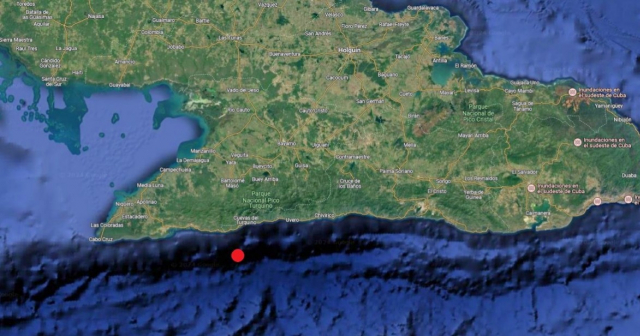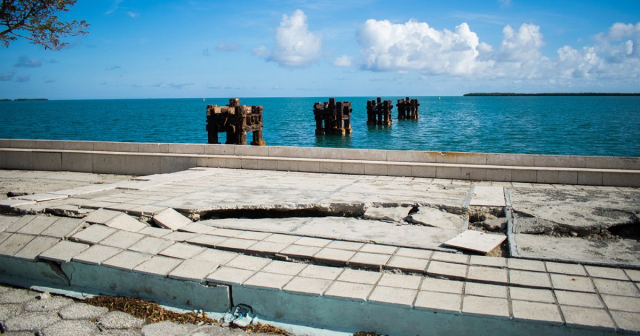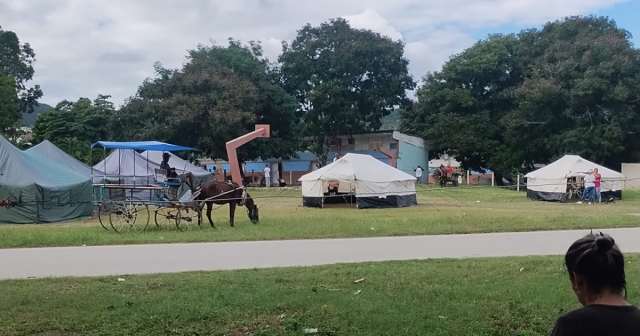The eastern area of Santiago-Baconao remains under monitoring following the 4.1 magnitude earthquake on September 7. Although the energy released is not significant, seismic activity has been consistent.
The head of the National Seismological Service of Cuba at the National Center for Seismological Research (CENAIS), Enrique Diego Arango Arias, reported on Facebook this Sunday that they have recorded approximately 610 earthquakes, all with magnitudes below 3.5.

According to Arango, this situation requires close monitoring since seismic activity "has remained constant."
The head of the National Seismological Service of Cuba recently gave an interview to Cuban television in which he reported that the earthquake recorded on September 7, which was felt in various parts of the city of Santiago de Cuba and several nearby towns, “had a series of aftershocks, an energy release that is somewhat atypical because aftershocks are still being recorded.”
"This has caught the attention of the populace in many cases," the expert noted, although he maintained that "it is a normal behavior following a main event of 4.1."
He noted that the group of aftershocks has not exceeded a magnitude of 2.9; therefore, "none of these events have been perceptible."
Arango emphasized that there is no need to panic, stating that "if a significant anomaly were to be recorded that could raise an alert for the population, we would notify them immediately. However, at this time, it is not necessary to create a situation of alarm."
However, the expert pointed out that Santiago de Cuba is located in a seismic zone, which is why it is always important to remain alert and prepared to take action.
"We must always remain vigilant, address issues of vulnerability, reduce vulnerability, and not neglect the preparedness of the population, as well as the readiness of agencies and institutions to take into account the measures established by civil defense," he emphasized.
"But at this moment, it's just a matter of reviewing the measures and staying alert to any behavior," he emphasized.
In a recent publication, Arango explained that the noticeable earthquake reported on September 7 does not spare the population from a major earthquake.
The expert clarified that, “The magnitude of an earthquake is measured by the energy that is released, using logarithmic scales.”
In that regard, he explained, "A magnitude 3.0 earthquake is 32 times smaller than a 4.0, 1,000 times smaller than a 5.0, and 31,000 times smaller than a 6.0, and so on."
To illustrate this principle, Arango shared a graph showing how the magnitude 7.7 earthquake that occurred on January 28, 2020, overshadows all the seismic events recorded between 2010 and 2024 on the Oriente fault, concluding: “Its energy is incomparably greater than the others.”
So far in 2024, 11 perceptible earthquakes have been recorded in Cuba, including the one reported on September 7.
In 2023, a total of 14 perceptible earthquakes were recorded in Cuba, most of which were located along the Oriente fault, the primary area of seismic activity in the country and a tectonic plate boundary to the south of the eastern region.
Filed under:






